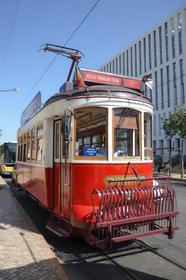For the 2025-26 school year, there are 2 private high schools serving 101 students in Seneca County, NY.
The average acceptance rate is 98%, which is higher than the New York private high school average acceptance rate of 73%.
Private High Schools in Seneca County (2025-26)
School
Location
Quick Facts
Finger Lakes Christian School
(Christian)
2291 State Route 89
Seneca Falls, NY 13148
(315) 568-2216
Seneca Falls, NY 13148
(315) 568-2216
Gr: PK-12 | 88 students Avg. class size: 15 students Tuition & acceptance rate listed
Seneca Bible Baptist Academy
(Baptist)
1859 Us Route 20
Seneca Falls, NY 13148
(315) 568-9100
Seneca Falls, NY 13148
(315) 568-9100
Gr: PK-12 | 13 students
Seneca County Private Schools (Closed)
School
Location
Quick Facts
Hillside Children's Center (Closed 2025)
Special Education School
4887 State Route 96a
Romulus, NY 14541
(585) 256-7500
Romulus, NY 14541
(585) 256-7500
Gr: K | 39 students
Po Box 411
Interlaken, NY 14847
(607) 532-8525
Interlaken, NY 14847
(607) 532-8525
Gr: K-12 | 21 students
St. Mary School-waterloo (Closed 2004)
(Catholic)
35 Center Street
Waterloo, NY 13165
(315) 539-3772
Waterloo, NY 13165
(315) 539-3772
Gr: PK-8 | 141 students
81 West Bayard Street
Seneca Falls, NY 13148
(315) 568-6295
Seneca Falls, NY 13148
(315) 568-6295
Gr: PK-8 | 134 students
Frequently Asked Questions
How many private high schools are located in Seneca County, NY?
2 private high schools are located in Seneca County, NY.
What percentage of private high schools are religiously affiliated in Seneca County?
Which private high schools in Seneca County are often viewed compared to one another?
Popular comparisons of private high schools in Seneca County include: Seneca Bible Baptist Academy vs. Finger Lakes Christian School, Finger Lakes Christian School vs. Seneca Bible Baptist Academy
Recent Articles

Understanding Private School Tuition in 2025
Explore updated private school tuition trends, costs, policy shifts, and financial planning insights for 2025 families considering private education.

Private School Curriculum in 2025: Key Courses and Trends
Explore what private schools are teaching in 2025, from core subjects and AI to global studies and tuition trends shaping private education today.

Sliding-Scale & Income-Based Tuition Models for Private Schools
Learn how sliding-scale and income-based tuition models work and whether they are right for your family. Compare costs, eligibility, and school options.
